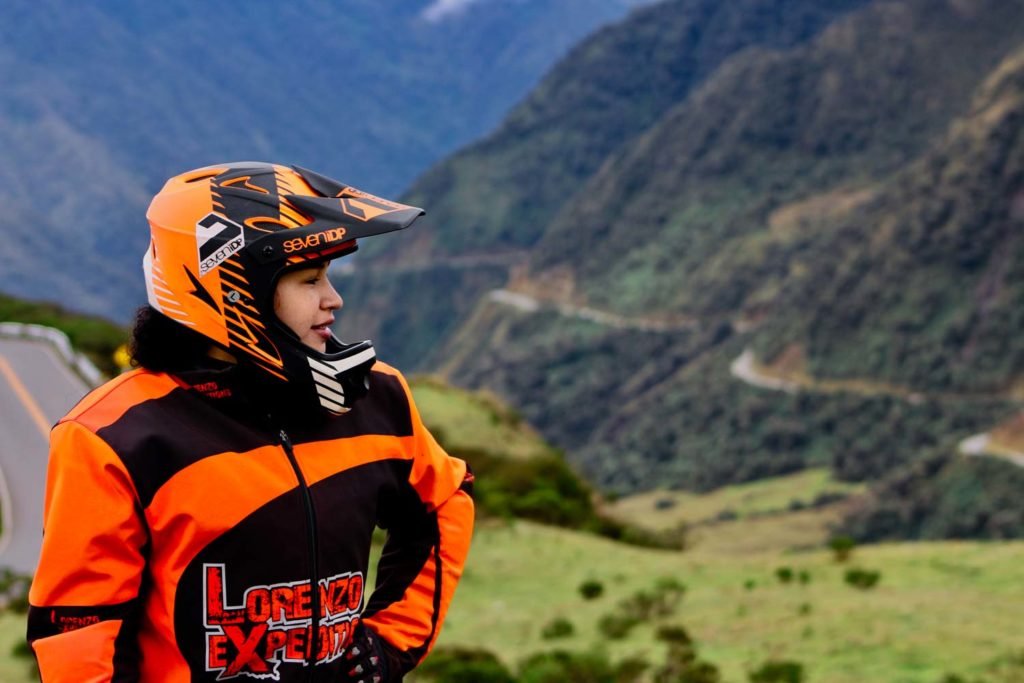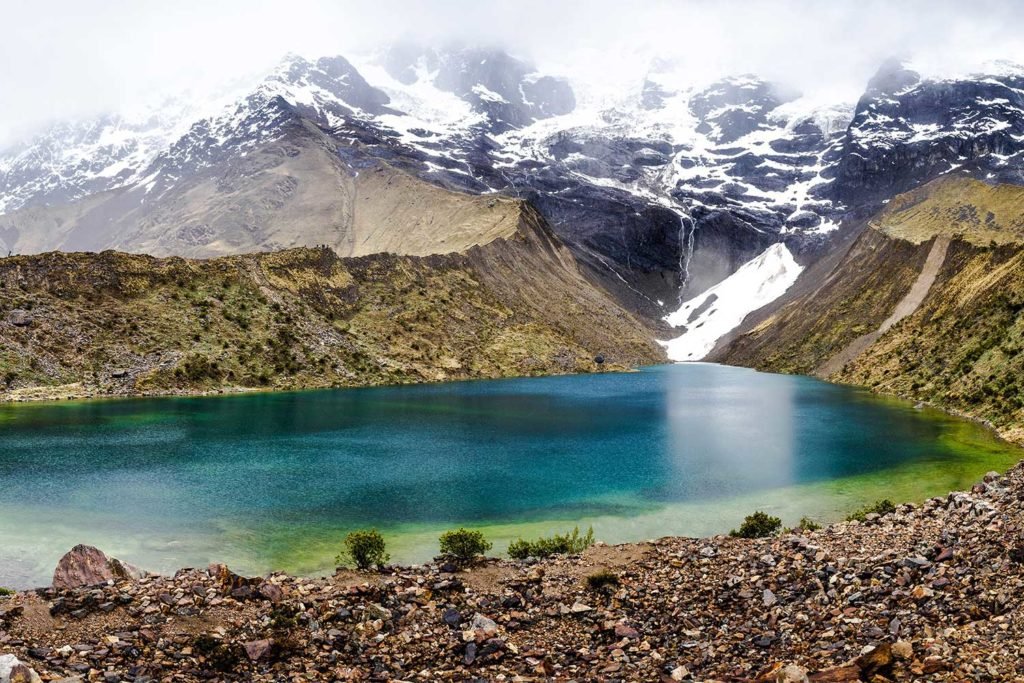Machu Picchu, an archaeological jewel that has captivated the world, this Inca treasure recognized as one of the Wonders of the World, undergoes a unique transformation during the low season. We will explore in depth the wonders and challenges of visiting Machu Picchu between November and March, revealing the secrets that make this period an intriguing option for travelers.
What is the Low Season in Machu Picchu?

The low season in Machu Picchu runs from November to March, coinciding with the rainy season in Cusco and the Inca City. This period contrasts significantly with the bustling high season that runs from May to August. During the low season, only about 3,000 tourists explore the wonders of Machu Picchu daily, compared to the 5,000 visitors who frequent the Inca City during the rest of the year.
Advantages of Machu Picchu’s low season

1. Fewer People
For those seeking a more intimate experience, the low season is ideal. The influx of tourists decreases drastically, allowing you to explore Machu Picchu without the crowds typical of high season.
2. Lower Prices
The low season offers a unique opportunity to enjoy MachuPicchu at more affordable prices. Contrary to the high season, where demand drives up costs, during these months travelers can benefit from friendlier rates.
3. Unforgettable Photographs
With fewer people loitering around, the Inca City becomes a perfect canvas for capturing breathtaking photographs. Interaction with the environment becomes more authentic, allowing the essence of Machu Picchu to be immortalized in every image.
4. Lush Landscapes
The low season rains transform MachuPicchu with intense green hues, creating lush landscapes. The fusion of the rain with the sun’s rays during these days creates a unique atmosphere, especially captivating in the Amazonian jungle where the Inca City is located.
5. Warm Weather
Despite the frequent rains, the weather during the low season remains warm. Equipped with a rain poncho, visitors can enjoy the experience without compromising comfort, immersing themselves in the magic of Machu Picchu.
Disadvantages of the low season in Machu Picchu

1. Morning Rains
Rain showers are more frequent in the mornings, requiring visitors to use rain ponchos, as umbrellas are not allowed in the Inca City.
2. Morning Clouds
At the beginning of the day, Machu Picchu is often shrouded in clouds, affecting the quality of photographs. However, as the day progresses, the clouds usually disperse, revealing the majesty of the Inca City.
3. Closing of the Inca Trail in February
In February, the Inca Trail closes temporarily due to heavy rains and maintenance work. However, during the rest of the year, this emblematic trail is open for adventurers.
4. Slippery Roads
The rains can make the paths of the Machu Picchu and Huayna Picchu mountains slippery. The use of non-slip hiking shoes is recommended to ensure a safe experience.
What to bring to Machu Picchu during the low season?
If you plan to visit MachuPicchu during the low season, don’t forget to pack the following:
- Rain Poncho
- Windbreaker Jacket
- Slip-resistant shoes
- Light Cotton Clothes
- Sun block lotion
- Camera
- Water in a water bottle
- Documents and Extra Money
Frequently Asked Questions about the Machu Picchu Low Season

1. When is the high season in Machu Picchu?
High season runs from April to October, peaking in June, July and August.
2. Does Machu Picchu close in February?
No, Machu Picchu remains open all year round. However, in February, the Inca Trail closes for conservation reasons.
3. How far in advance should I buy the entrance ticket in low season?
It is recommended that you buy your ticket one week in advance.
4. How far in advance should I buy the Machu Picchu + Huayna Picchu ticket?
In low season, it is advisable to buy the Huayna Picchu ticket two months in advance, this being the most requested.
5. Can I buy tickets in Cusco in low season?
Although it is possible to find tickets available in Cusco a few days before the visit, it is recommended to buy them online at least one week in advance.





